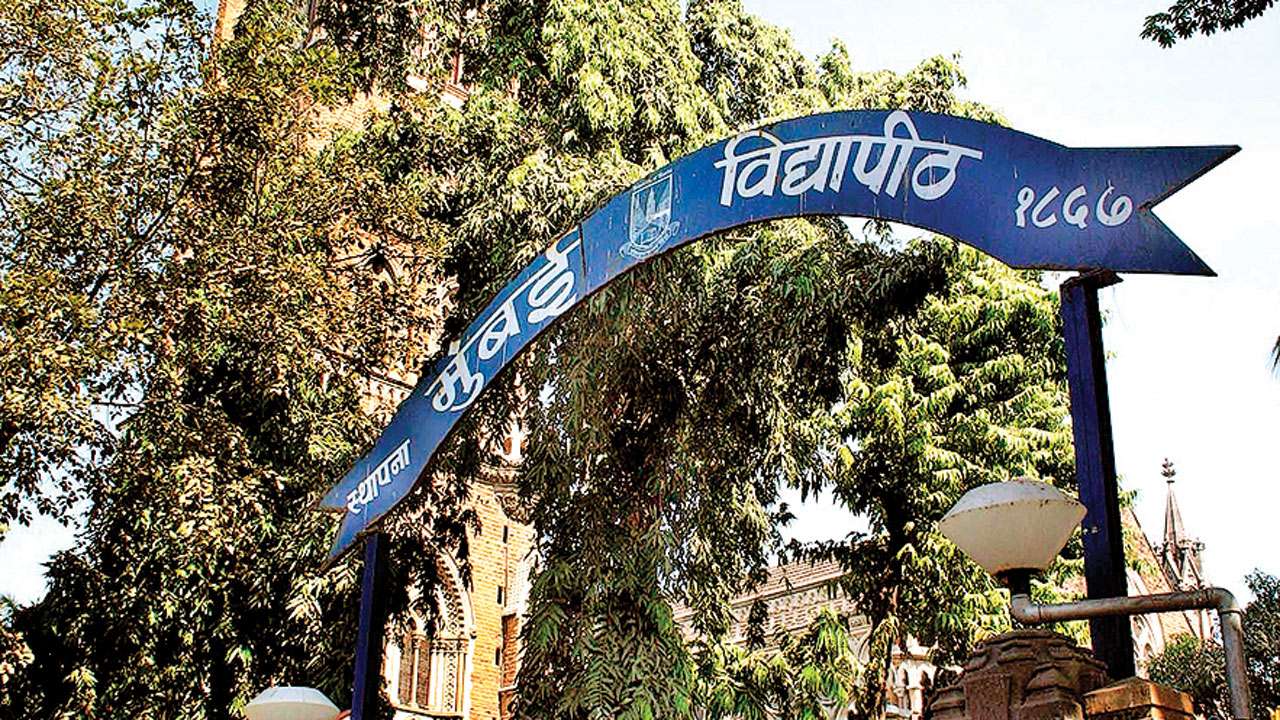The two will collaborate in research which will use AI and Machine Learning to study issues relevant for business and public policy
The partnership will also jointly introduce a new executive programme
New Delhi: The Indian School of Business (ISB) and Microsoft India announced a new partnership on Friday to take forward their shared vision for an AI-empowered India at an event in Hyderabad.
Through the creation of the AI Digital Lab, the two organizations will collaborate in research which will use Artificial Intelligence (AI) and Machine Learning (ML) to study issues that are relevant for business and public policy.
In addition, the partnership will also jointly introduce a new executive program titled “Leading Business Transformation in the Age of AI" in October 2019 which will equip business leaders with tools and strategies to transform their respective organizations to AI-driven organizations.
The rapid development of AI implies that the ability of business leaders to creatively use AI to improve business decisions and enhance productivity will become a very important precursor for businesses to stay competitive and be successful. AI-readiness is therefore an important skill that business leaders should acquire sooner than later.
Professor Rajendra Srivastava, Dean, Indian School of Business and the Novartis Professor of Marketing Strategy and Innovation, said “Business Schools are attempting to redefine management education by making it more future-ready and relevant for opportunities and challenges that businesses will face in the future. Transforming organizations guided by Artificial Intelligence and augmented by frameworks integrating analytics with human behavior and management issues will be an important imperative for business leaders. Our collaboration with Microsoft India will enable us to use AI to understand new phenomena that are relevant for business as well as policy and subsequently disseminate the knowledge to business leaders who will need to transform their businesses through artificial intelligence to compete effectively."
Anant Maheshwari, President, Microsoft India said, “AI is a gamechanger to drive new business models and transform today's businesses and workplaces. With this coming together of ISB and Microsoft, it is a unique opportunity to increase the innovation with AI in business. Our new partnership with ISB will empower business leaders to increase their tech intensity and do more with AI."
ISB’s executive program, titled “Leading Business Transformation in the Age of AI" in collaboration with Microsoft will enable C-suite executives to come up with a coherent strategy to transform their respective organizations into AI-driven organizations. The 3-day non-technical program is done under the purview of Microsoft’s online AI Business School, which provides executive-level insights and practical, actionable guidance to build an end-to-end AI strategy. It will focus on managing the impact of AI on company strategy, culture and responsibility.
The partnership will also jointly introduce a new executive programme
New Delhi: The Indian School of Business (ISB) and Microsoft India announced a new partnership on Friday to take forward their shared vision for an AI-empowered India at an event in Hyderabad.
Through the creation of the AI Digital Lab, the two organizations will collaborate in research which will use Artificial Intelligence (AI) and Machine Learning (ML) to study issues that are relevant for business and public policy.
In addition, the partnership will also jointly introduce a new executive program titled “Leading Business Transformation in the Age of AI" in October 2019 which will equip business leaders with tools and strategies to transform their respective organizations to AI-driven organizations.
The rapid development of AI implies that the ability of business leaders to creatively use AI to improve business decisions and enhance productivity will become a very important precursor for businesses to stay competitive and be successful. AI-readiness is therefore an important skill that business leaders should acquire sooner than later.
Professor Rajendra Srivastava, Dean, Indian School of Business and the Novartis Professor of Marketing Strategy and Innovation, said “Business Schools are attempting to redefine management education by making it more future-ready and relevant for opportunities and challenges that businesses will face in the future. Transforming organizations guided by Artificial Intelligence and augmented by frameworks integrating analytics with human behavior and management issues will be an important imperative for business leaders. Our collaboration with Microsoft India will enable us to use AI to understand new phenomena that are relevant for business as well as policy and subsequently disseminate the knowledge to business leaders who will need to transform their businesses through artificial intelligence to compete effectively."
Anant Maheshwari, President, Microsoft India said, “AI is a gamechanger to drive new business models and transform today's businesses and workplaces. With this coming together of ISB and Microsoft, it is a unique opportunity to increase the innovation with AI in business. Our new partnership with ISB will empower business leaders to increase their tech intensity and do more with AI."
ISB’s executive program, titled “Leading Business Transformation in the Age of AI" in collaboration with Microsoft will enable C-suite executives to come up with a coherent strategy to transform their respective organizations into AI-driven organizations. The 3-day non-technical program is done under the purview of Microsoft’s online AI Business School, which provides executive-level insights and practical, actionable guidance to build an end-to-end AI strategy. It will focus on managing the impact of AI on company strategy, culture and responsibility.
Source: https://www.livemint.com/ (Accessed on August 29,2019)
 The University Grants Commission (UGC) plans to form a high-powered panel to suggest norms to curb bullying in colleges and universities and to come up with an implementation plan. (HT FILE)
The University Grants Commission (UGC) plans to form a high-powered panel to suggest norms to curb bullying in colleges and universities and to come up with an implementation plan. (HT FILE)


